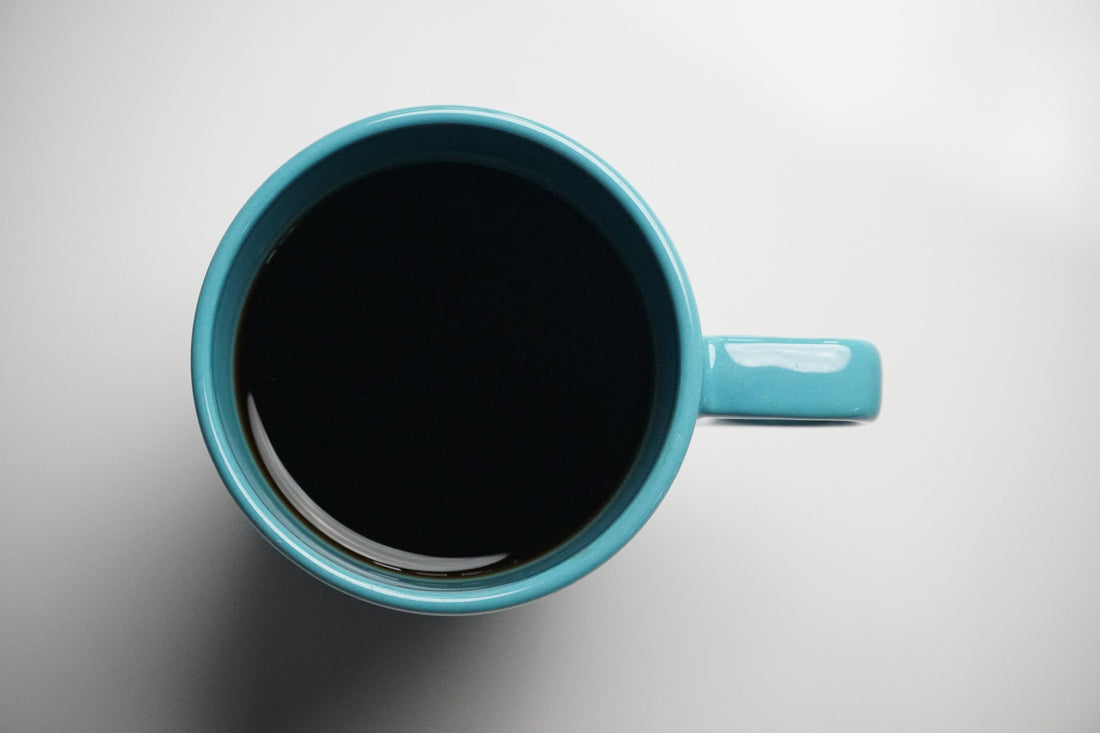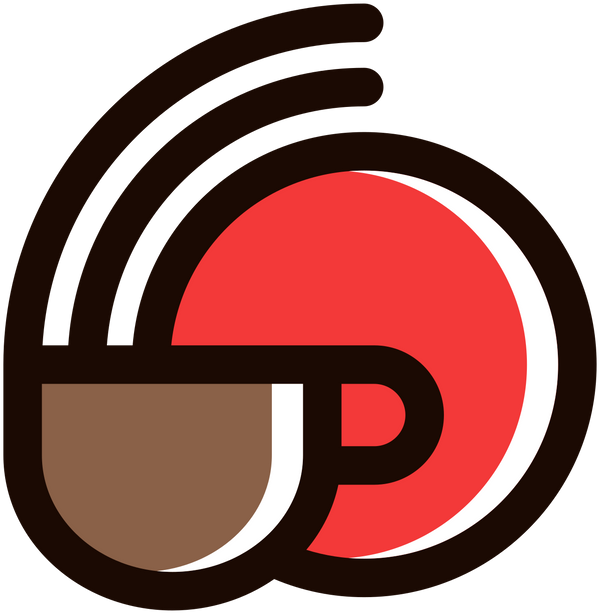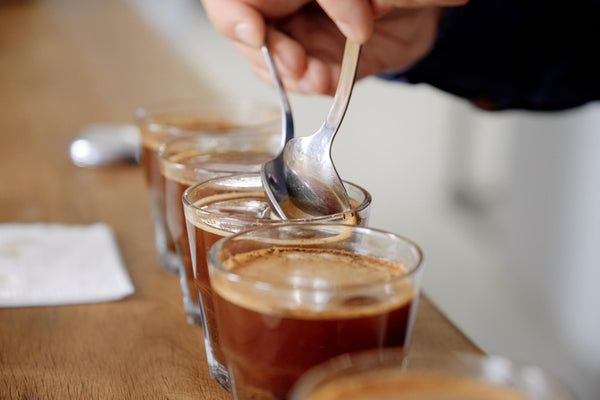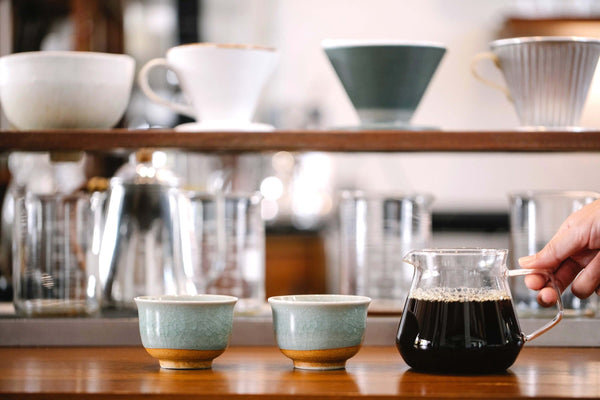
Coffee Brewing: Percolation and Immersion
tai attitude5 min read
A barista can get the most out of their brew by understanding the two fundamental brewing methods, which are percolation and immersion.
Before we dive into the content of this article, let us get the following out of the way:
Brew method refers to fundamentally how the extraction phase happens during the brew.
The extraction phase is when water comes into contact with ground coffee, causing water to extract the compounds from the ground coffee.
Not to be confused with the preparation method, which is the equipment and recipe used to brew the coffee.
For this article, let us put the equipment and recipe aside, focusing on just how water interacts with ground coffee.
Percolation
Percolation is when the extraction phase happens, where water is slowly added to pass through the ground coffee via both gravity and pressure.
There are two types of percolation: Gravitational feed percolation and Pressurised percolation.
While both types rely on gravity to pull water through the ground coffee, the main difference between the two is pressure. Gravitational feed percolation uses *atmospheric pressure, while pressurised percolation relies on exerted pressure. Other than pressure differences, both percolations work just the same.
*Atmospheric pressure has a value of 1 bar (100 kPa, 14.5 psi).
How it works
During the brewing, clean water with high thermal energy is slowly poured onto the ground coffee. The slurry (mixture of water and ground coffee) is constantly getting replaced by newly poured, clean water with high thermal energy. Therefore, the extraction speed remains high throughout the brew process.
As such, percolation achieves the desired extraction in a shorter brew time. For instance, if we brew percolation for as long as an immersion, the resulting coffee (beverage) is often over-extracted.
Moreover, because water is progressively poured onto the ground coffee, the rate of water pouring (turbulence) has a great impact on percolating. The pouring can be performed either manually by the barista or by the automated equipment itself.
Percolation is overall more efficient. It saves time, making it ideal, especially for high-volume cafés. Percolation also allows the barista to have more control over the brew, which is a plus, albeit at the trade-off of consistency, which can take practise to overcome.
Information
Hario V60, Chemex, Kalita 101 are some preparation methods that use gravitational feed percolation.
For pressurised percolation, everything above applies, with the addition of pressure as a variable.
Espresso is a pressurised percolation whose preparation method is typically about 9 bars (900 kPa, 130 psi). With much higher pressure, the espresso (beverage) made has an apparent higher strength and is overall very different tasting.
Moka pot (a.k.a. stove-top coffee maker) is another pressurised percolation where its preparation method is with pressure at about 1.5 bars (150 kPa, 21.7 psi). Moka pot coffee's strength is in between espresso and gravitational feed percolation.
 Examples of coffee preparation methods that use percolation.
Examples of coffee preparation methods that use percolation.
Sensory perception
Due to higher extraction speed and thus shorter brewing time, brewed coffee by all percolation has the characteristic of higher acidity and flavour clarity. High bitterness and astringency if the barista is not careful. In percolation, consistency is key. Percolation, when done right, has a great payoff.
For brewed coffee produced by pressurised percolation, such as espresso and moka pot, the characteristics of percolation remain true. With the addition of pressure as a variable, the strength of the coffee is higher. As well, the tendency to get bitterness and astringency from pressurised percolation is much greater as brew times get longer.
Immersion
Immersion (a.k.a. steeping or infusion) is where water is completely steeped with ground coffee from the beginning to the end of the extraction phase.
Generally, immersion has two types: either a declining temperature or a constant temperature.
With all things considered, the two types of immersion work by and large the same, with the only key difference being the temperature throughout the brew process.
How it works
During the brewing, water is steeped with ground coffee for a period of time. This allows water to extract the compounds in the ground coffee; the slurry will then become more and more concentrated, while at the same time gradually losing thermal energy to the atmosphere. Therefore, the extraction of the water decreases as the immersion goes on. This explains why immersion typically requires a longer brewing time in order to achieve the desired extraction. Though, immersion is much more consistent throughout the brew process.
To achieve the desired extraction, the barista usually ends the extraction phase by filtering out the ground coffee before too much is extracted from it.
Immersion is ideal for striving for consistency and being more user-friendly. Since immersion is stable throughout the brew process, it's one less thing to worry about, allowing the barista to focus more on the coffee beans themselves.
Information
Clever dripper, French press, cupping are some preparation methods that use immersion at a declining temperature.
Vacuum coffee maker (siphon) is an immersion brewer that has a constant temperature (constant heat source). Water does not lose thermal energy during the extraction phase, hence much shorter brew time to achieve desired extraction.
AeroPress, a more recent invention, is a unique preparation method that is a hybrid of both immersion and pressurised percolation. AeroPress is more immersion and less pressurised percolation, simply because the water with the highest thermal energy goes through immersion first, with most extraction done in this phase, followed by pressurised percolation. In this regard, AeroPress coffee has a unique flair of its own.
Cezve (a.k.a. Ibrik or Turkish coffee) is a preparation method via decoction that uses constant boiling water and ground coffee steeped from the beginning to the end of the extraction phase. Other than this, decoction shares similarities with immersion.
 Examples of coffee preparation methods that use immersion.
Examples of coffee preparation methods that use immersion.
Sensory perception
Due to the lower extraction speed and thus longer brew time, brewed coffee by immersion in general has the characteristic of higher sweetness and body. For immersion brewing at a declining temperature, bitterness and astringency are less likely.
For brewed coffee produced by immersion at a constant temperature, such as from a vacuum coffee maker or a decoction like cezve, also carries the characteristic of immersion. Keep in mind that the tendency to get bitterness and astringency in these are much greater as brew times get longer.
In summary
Percolation is when the extraction phase happens, where water is slowly added to pass through the ground coffee via both gravity and pressure.
Immersion is when the extraction phase happens, where water is completely steeped with ground coffee from the beginning to the end.
For predominant understanding, percolation highlights higher acidity and flavour clarity, while immersion highlights sweetness and body more. Both brew methods have their pros and cons; ultimately, it comes down to the barista's use case.
There are hundreds of coffee preparation methods out there; it's easy to get lost in coffee making, but know that at the core of every preparation method lies a fundamental brew method, or sometimes two. To brew great coffee, it starts here.



